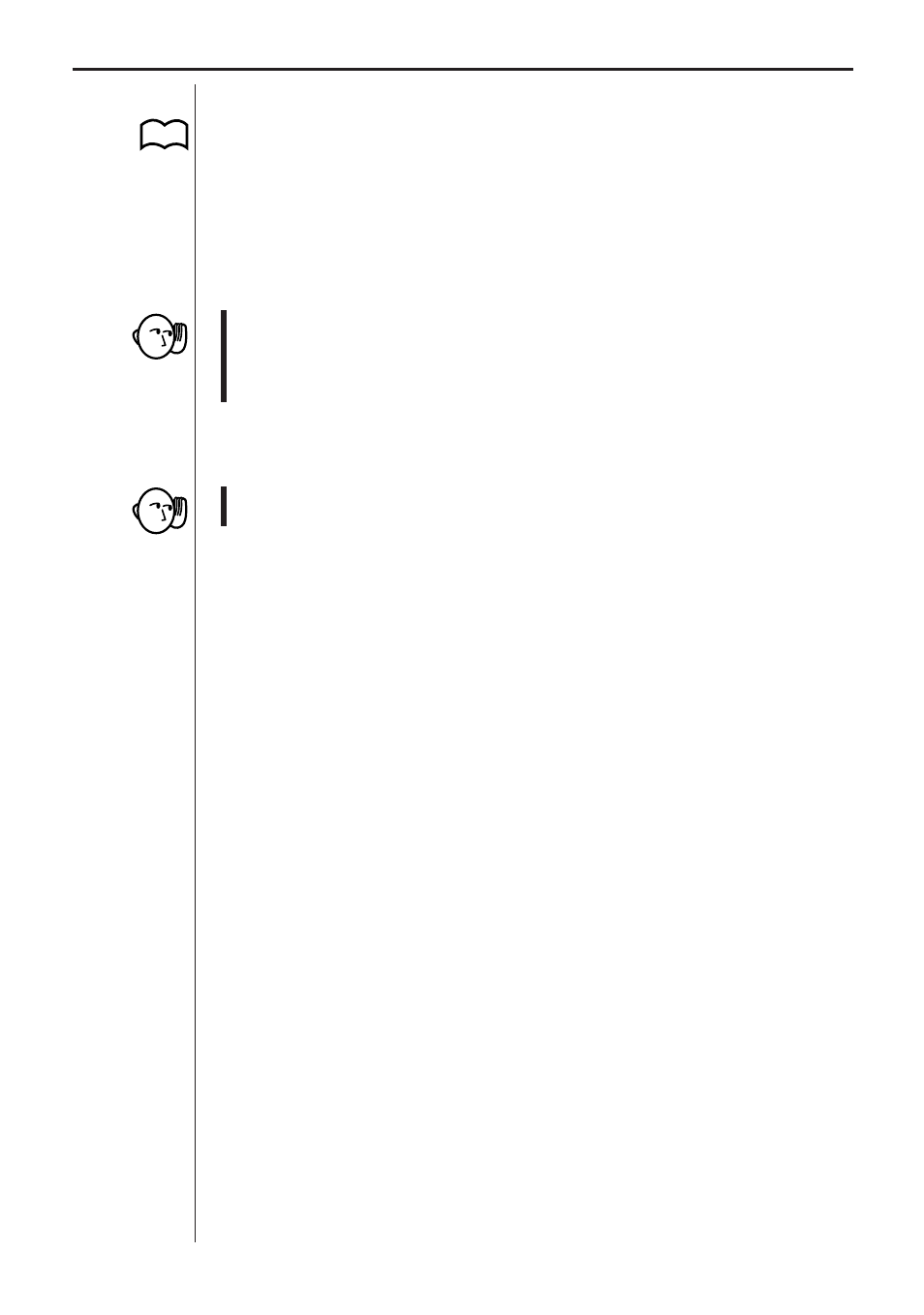Setup mode, Chapter 2: modes – Casio EA-100 Modes User Manual
Page 6

20
Chapter 2: Modes
Setup Mode
This mode lets you set up the data analyzer manually without an external
program for simple sampling jobs using an Auto-ID probe.
In the Communications Mode, press [SHIFT] [MODE] to enter the Setup Mode,
which is indicated by the READY, SAMPLING, and DONE indicators all flash-
ing on the display. Once in the Setup Mode, you can specify the sample time,
the number of samples, whether or not time data should be recorded, and
whether the time data should be absolute or relative.
• All settings other than those specifically mentioned above revert to their
defaults and any sample data currently stored in the data analyzer’s
memory is cleared whenever you use the Setup Mode to manually change
settings.
The following is the procedure for using the Setup Mode to make manual
settings.
• Be sure to connect an Auto-ID probe to the analog channel or SONIC
channel before starting a manual setup procedure.
1. In the Communications Mode, press [SHIFT] [MODE] to enter the Setup
Mode (indicated by the READY, SAMPLING, and DONE indicators flash-
ing on the display).
•
The first setting you can make immediately after your enter the Setup
Mode is the sample time (indicated by the “mSec” or “Sec” indicator on the
display). The current time setting also appears on the display.
*1
2. Press [DataLOG] to scroll forward through the available settings and
[SHIFT] [DataLOG] to scroll back.
•
Available sample time settings are: 10, 20, 50, 100, 200, 500 (mSec), 1, 2,
5, 10, 20, 30, 60 (Sec), .000. Selecting .000 indicates manual sampling
that is triggered whenever [TRIGGER] is pressed.
3. When the setting you want to use is displayed, press [TRIGGER] to regis-
ter it and advance to setting of the number of samples. The current setting
for this item appears on the display.
*2
4. Press [DataLOG] to scroll forward through the available settings and
[SHIFT] [DataLOG] to scroll back.
•
Available number of sample settings are: 10, 20 (initial default), 30, 50,
100, 200.
5. When the setting you want to use is displayed, press [TRIGGER] to regis-
ter it and advance to time recording settings (indicated by the “RecTIME”
indicator).
6. Press [DataLOG] scroll forward through the available settings and [SHIFT]
[DataLOG] to scroll back.
•
Available time recording settings are: 0: time recording off (initial default),
1: time recording on (absolute), 2: time recording on (relative). Selecting
absolute time causes the “Abs.” indicator to appear, while relative time
P.21
